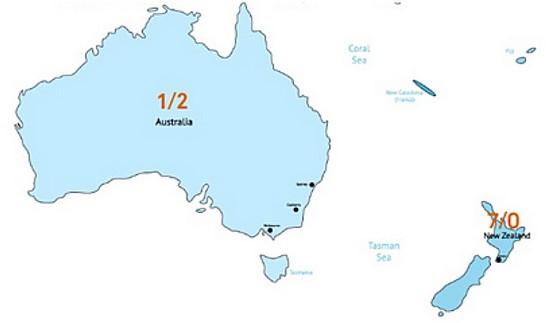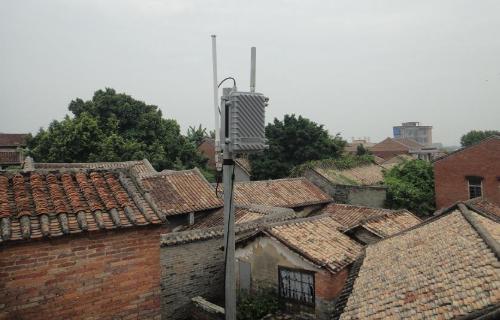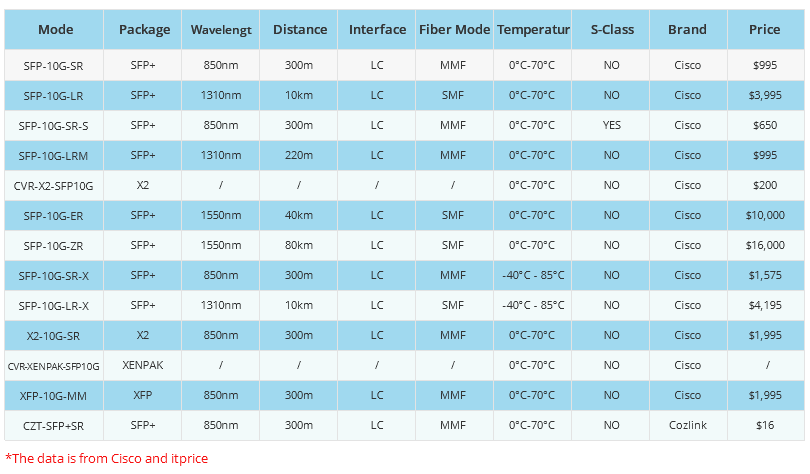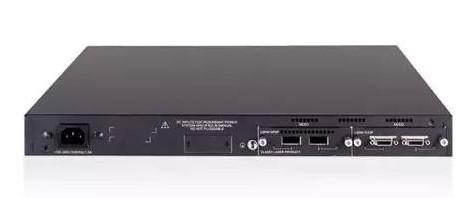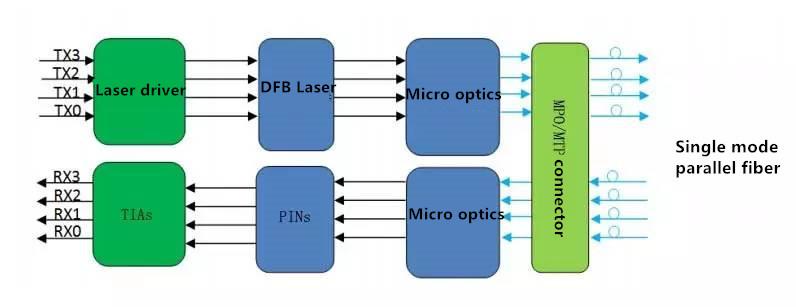- Related articles
- Optical Transceivers for Cisco SF200E-48P-UK Switch
- All Cisco ONS-SC+-10G-LR's information (Overview, List price, Specs, Datasheet PDF, Compat
- What is a network adapter used for?
- All Cisco SFP-10G-SR’s information (Overview, List price, Specs, Datasheet PDF, Compatibil
- Applicable to 1000BASE-SX2 Standard Optical Transceiver Models
- All Cisco CWDM-SFP-1610's information (List price, Specs, Datasheet PDF, Compatibility mat
- Optical Transceivers for Cisco WS-C3650-48PD-E Switch
- The Things You Need to Know about 10GBASE-CX4 Ethernet Standards
- The Difference between CSFP and X2
- What is Optical Ethernet?

According to BBT's latest data show that the global fixed network broadband users had reached 776 million, of which the proportion of DSL users accounted for 40.1%, FTTx accounted for 37.7%, Cable Modem accounted for 20.3%. BBT predicts that FTTx users will surpass DSL subscribers in 2017 driven by radical FTTx deployments in Asia Pacific and North America. Meanwhile, BBT also predicts that nearly 34% of global users enjoy 100Mbps and above broadband services in 2022, while this ratio only 6% in the past 2016. The compound annual growth rate of global fixed network broadband users is expected to reach 1.7%, of which the compound annual growth rate of FTTx users are nearly 6%. Moreover, the data from Ovum is more optimistic who predicts that global Gigabit broadband will occupy more than 65% of the total number of global broadband lines in 2022. In 2016, there are more than 166 operators around the world began to provide or under construct Gigabit network, among them, Gigabit network coverage is more mature in the United States, Singapore, South Korea, Japan etc.
Asia: China is actively deploying Gigabit cities
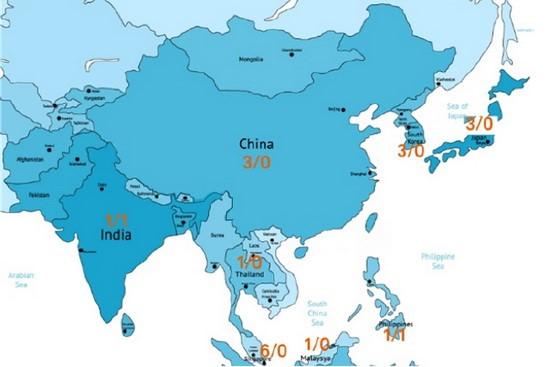
Europe: the highest density
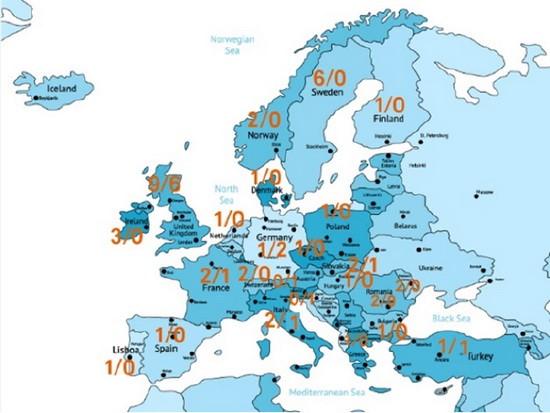
America: North America market is active, the development prospect of South American market is huge
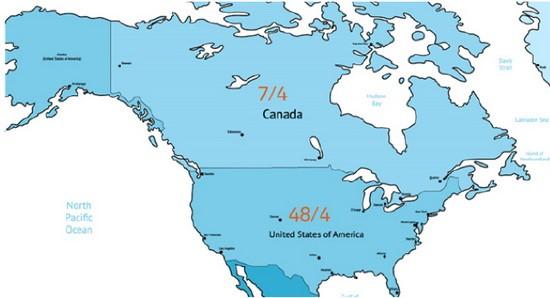
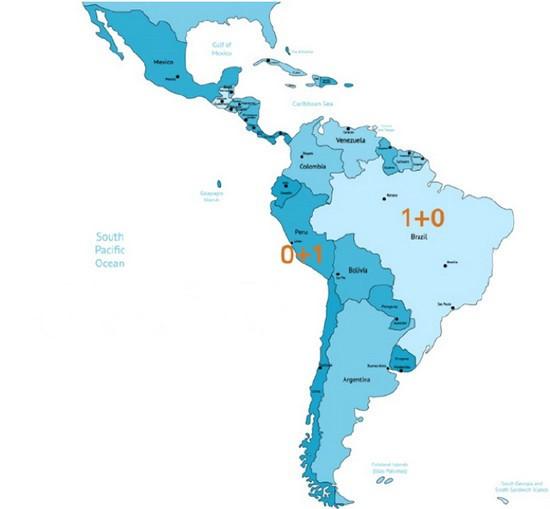
Africa: Gigabit network development eve
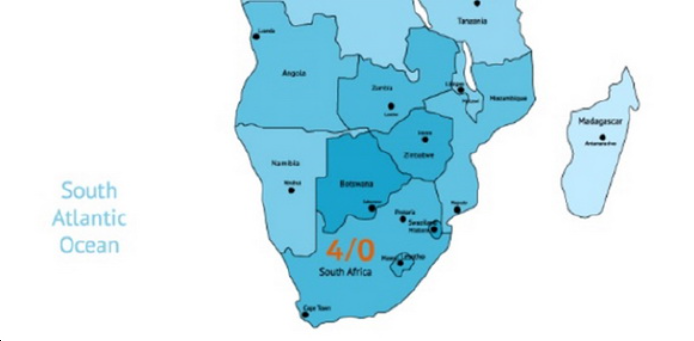
Oceania: New Zealand leads the market
